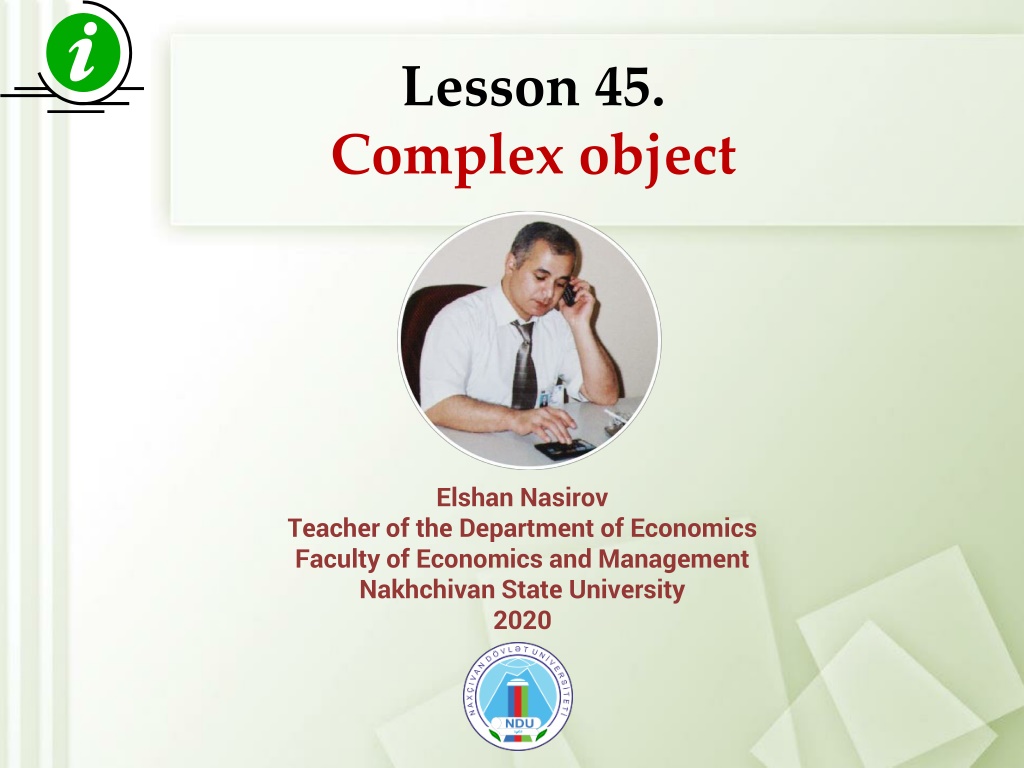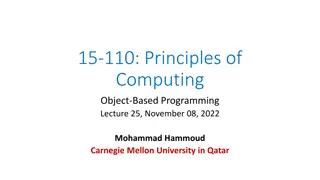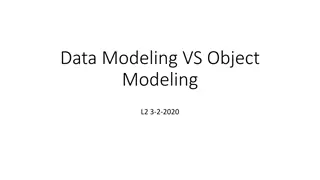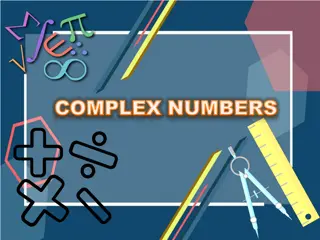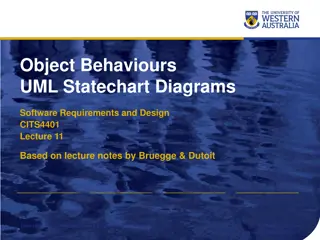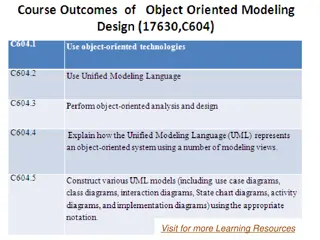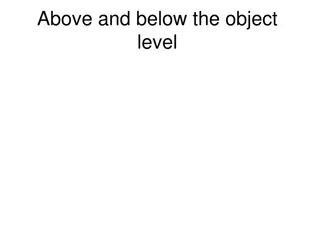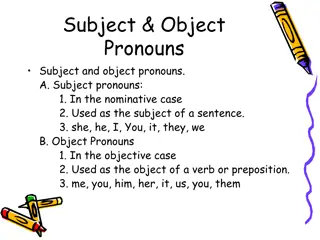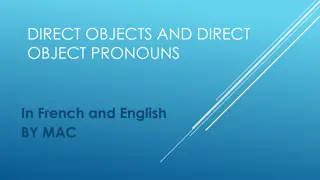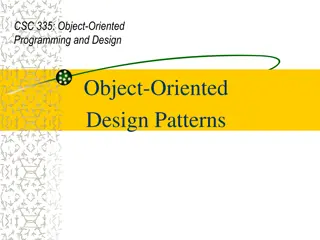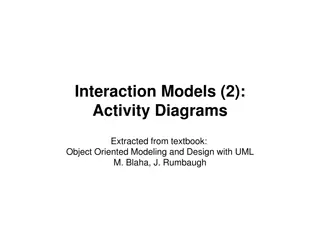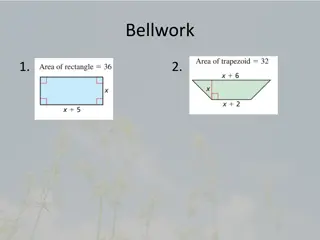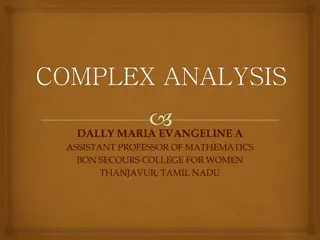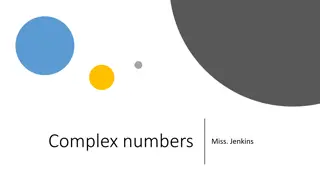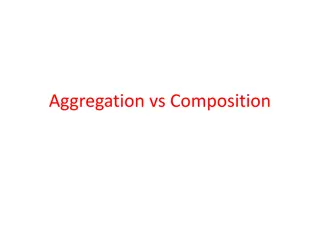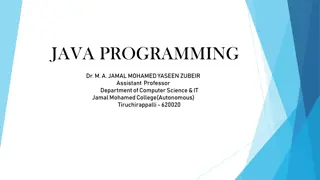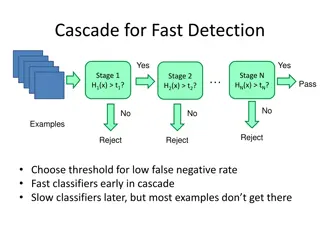Complex object
A complex object in English is a combination of a noun or pronoun in the objective case with an infinitive after the predicate. Learn the rules and nuances of using complex objects with verbs of perception, motivation, desire, assumption, and coercion. Discover how to construct sentences correctly using complex objects and when to use the past participle.
Download Presentation

Please find below an Image/Link to download the presentation.
The content on the website is provided AS IS for your information and personal use only. It may not be sold, licensed, or shared on other websites without obtaining consent from the author.If you encounter any issues during the download, it is possible that the publisher has removed the file from their server.
You are allowed to download the files provided on this website for personal or commercial use, subject to the condition that they are used lawfully. All files are the property of their respective owners.
The content on the website is provided AS IS for your information and personal use only. It may not be sold, licensed, or shared on other websites without obtaining consent from the author.
E N D
Presentation Transcript
Lesson 45. Complex object Elshan Nasirov Teacher of the Department of Economics Faculty of Economics and Management Nakhchivan State University 2020
What is Complex Object? Complex object -is a combination of a noun in the common case or a pronoun in the objective case and an infinitive used after the predicate. The usual sentence: I want to read this book. Complex Object: I want him to read this book. Construction of the Complex Object is used in the following sequence: Subject + Verb + Object + Particle (to) + Infinitive or Subject + Verb + Object + Infinitive (without particle to)
Rules of using 1) In a case of expressing physical perception and sensation: see, watch, look, notice, observe, feel, hear After these verbs, we use the infinitive without the particle to : I have never heard you sing. We saw the postman slip a thick envelope into the box. With verbs of perception, the present participle can also be used instead of the infinitive. If we use the infinitive in a complex object in English, we emphasize the one-off action or completeness of the action, but if we take the participle, we demonstrate the process of the action. I saw her run into the house. I saw her running along the road.
Rules of using 2) In a case of expressing motivation, compulsion. The infinitive is used also without to: let, make, have You can t make me do such things. Never let him go. They had the man do what they wanted. 3) In a case of expressing desire and need (Particle to is used): want, wish, desire, like, should / would like He wanted his students to note the colours of animals. The inspector would like you to explain everything to him.
Rules of using 4) In a case of expressing an assumption (Particle to is used): expect, suppose, believe, consider, find Parents usually expect their children to be obedient. We believe it to be the best way out of this situation. 5) In a case of expressing knowledge, awareness, approval (Particle to is used): know, think, state, note, report People knew him to be a great sculptor. She thought him to be a qualified specialist.
Rules of using 6) In a case of expressing coercion, order, permission or request (Particle to is used): order, allow, forbid He ordered him to stop this conversation. Basically, this is complete information regarding a complex object in English. There is one more nuance. This language is characterized by the use of a complex object with the past participle (Participle II). In such a construction, it is indicated that it is not the subject himself who performs the action, but someone else does it for him. It looks like this: to have one s hair cut to have one s eyes tested to have one s watch repaired
